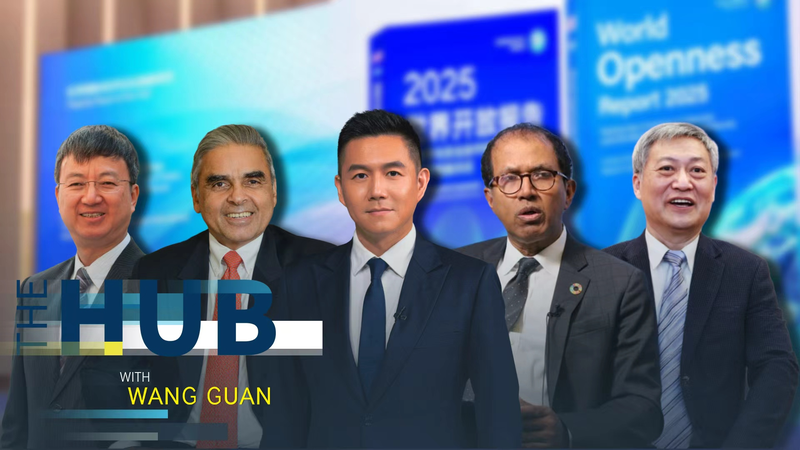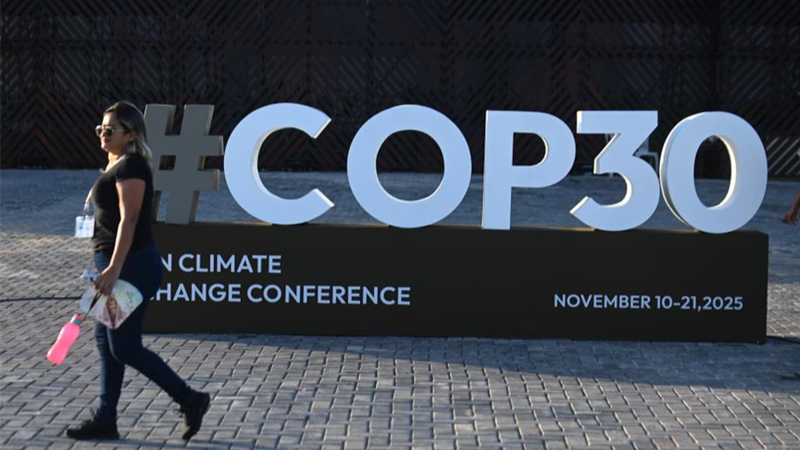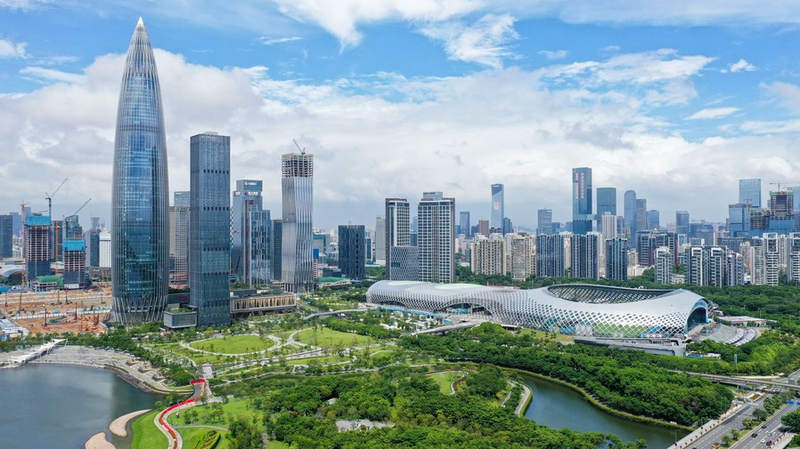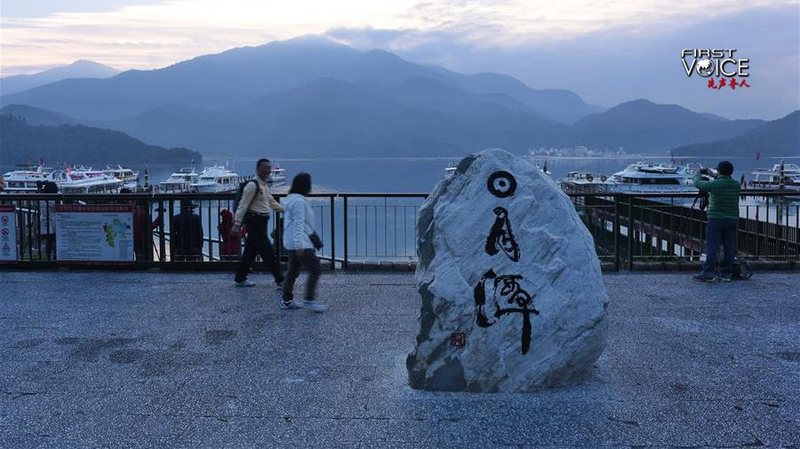From August 7, major Global South exporters are facing U.S. tariff shocks: a 50% levy on Brazilian goods, 40% on Myanmar and Laos, 20% on Bangladesh and Vietnam, and 19% on Pakistan. These sudden hikes target sectors that drive dollar inflows—from garments and electronics to minerals.
For economies that depend on U.S. buyers to bolster foreign reserves, the fallout could be swift. Reduced export demand may trigger currency depreciation and higher inflation. With much of their debt denominated in dollars, nations like Pakistan, Egypt and Ghana risk costlier repayments and potential debt stress.
So, what’s the playbook? Many experts point to export diversification—shifting attention to emerging markets beyond the U.S.—and boosting South–South trade. Upgrading to higher-value goods, from sustainable textiles to tech innovations, can also add resilience.
Intraregional frameworks such as AfCFTA in Africa and ASEAN in Southeast Asia offer a safety net by deepening local supply chains. Meanwhile, digital trade platforms and cross-border e-commerce empower small businesses to reach global customers without relying solely on traditional export routes.
For travelers and digital nomads, this pivot signals fresh opportunities: think eco-tourism projects in Ghana, impact-driven startups in Bangladesh or tech hubs rising in South Africa. As these regions innovate, globally minded young citizens can collaborate on sustainable, immersive ventures.
In an era of unpredictable trade policy, agility and cooperation may become the new cornerstones of growth. How the Global South adapts today could shape tomorrow’s network of economic partnerships.
Reference(s):
cgtn.com




